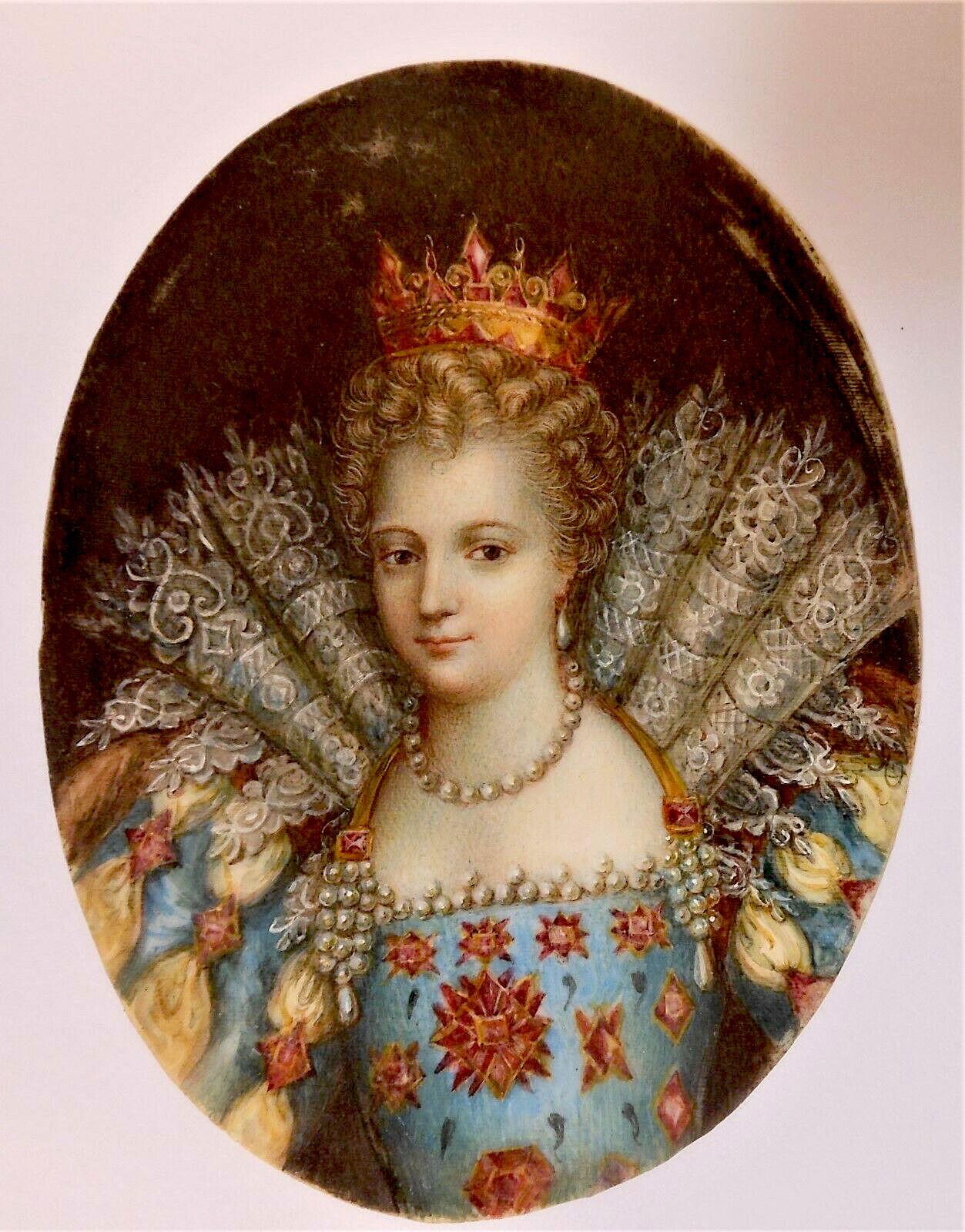





 Collection Yuko Nii Foundation
Fanny
Collection Yuko Nii Foundation
Fanny
Forrester (Emily Chubbuck)
August 23, 1817 – June 1, 1854








 Collection Yuko Nii Foundation
Fanny
Collection Yuko Nii Foundation
Fanny
Forrester (Emily Chubbuck)
August 23, 1817 – June 1, 1854



Before she was twenty, she had contributed poems to their local paper of great literary merit, and attracted the attention of a well-known ladies school in Utica.

In June 1844, under her penname as “Fanny Forrester,” that she wrote for the prestigious “New Mirror” weekly entertainment magazine. The editorial praise she received and her witty stories of village life brought her a wide public audience, and soon other popular magazines were asking for her work.
On June 2, 1846, Emily w as 28 and became married to Adoniram Judson. The Baptists believed that the whole missionary cause was being destroyed by the alliance of a founder and the world of fiction.
On July 11, 1846, they left the United States from Boston, with some new missionaries. The trip took 139 days to reach Burma.
On February 15, 1847, the couple with the two little boys moved to a brick house. Emily quickly named it the “Bat Castle.” The house had just a few tiny “windows” with metal shutters, to protect it from being burned by the natives. The little windows did not have glass either. The ceilings were low and with the many beams, provided ample space for multiplied thousands of bats, which make disturbing noise during the day but at night the noise was unbearable. Their only protection was the mosquito nets at night.
http://wahcenter.wix.com/fanny -forrester




Nicholas Hilliard(c. 1547-1619) A portrait miniature of a Lady of the Tudor Court c. 1590Watercolour on vellum, pasted to playing card (pasteboard) Oval, 2 1/16 in (5.2 cm) high

Probably Baron Gustave de Rothschild;By whom probably left to Sir Philip Sassoon, 3rd Baronet;Sybil Sassoon (1894-1989), Marchioness of Cholmondeley; By whom sold Christies, London, 22nd October 1974, lot.69 for £17,000; Spink & Son; Private Collection, UK.

 Amy Moore , University of Oxford
Amy Moore , University of Oxford
A Trusted Source article created in partnership with the Univer sity of Oxford
“The ‘Mask of Youth’ is a term given to the portraits and miniatures of Queen Elizabeth I which adopted a standardized image of ageless beauty. Such representations of the queen were made following state proclamations which prohibited any images of Elizabeth to be distributed which gave ‘great offence’.
This type of imagery arose from a government decision in 1594 to use an idealized portrait format. A possible reason for its adoption was that it was felt that any lifelike depiction of the ageing queen would reinforce instability within the realm, due to the uncertainty over the succession. The ‘Mask of Youth’ therefore offered a mechanism for Elizabeth’s government to control her image for propagandistic reasons, m aintaining a strong profile of the unmarried and childless queen as still a forceful protector of the land.

The feminine ideal of physical beauty has often, in Western cultures, been associated with being “white, economically privileged, and virtuous." Thus did the authorities wish to portray Elizabeth I. In fact, in 1562 she had contracted smallpox, which left her disfigured. Yet we never see this in her portraits.
In the Brothers Grimm fairy tale “Snow White,” the heroine is described as having "skin as white as snow, lips as red as blood, and hair as black as ebony wood" and as being " as beautiful as the light of day." This had been the Western ideal in movies and advertising through the mid 20th century that had "only dominant cultural themes portrayed,” and idealized Nordic features especially and suggests that all women are or should aspire be like this with thin bodies with impossible bodily proportions, long flowing hair, and large round eyes. The constant emphasis on this type of “ feminine beauty ” was the standard until recently .
All of this changed with the liberal/progressive socialism of the late 20th century, especially in America. The emphasis on elevating “ inclusiveness and diversity” in human types is now seen in advertising and in the movies and on television that now frowns upon overtly ‘snow white, thin women” as ideal. Now we see many ungainly people of many sizes, shapes, colors and ethnicities, which comforts a wide range of the population.
However, one cannot legislate idealism and possibly, some of us, still embrace the former ideal .


Basalt Medallion of Queen Elizabeth by Wedgewood 1779 Collection Yuko Nii Foundation

Josiah Wedgwood and Sons Date: ca. 1779

Dimensions: 7 5/16 × 5 5/8 × 1 in. (18.6 × 14.3 × 2.5 cm)
This medallion portrait of Queen Elizabeth was probably based upon a sixteenth-century medal and was mentioned in the 1779 sales catalog. Here Elizabeth I is not portrayed as the “snow white” ideal. She is shown as rugged and with a manly strength.

Elizabeth I used this great seal during the second half of her reign - from 1586 to 1603. It is an impression from seal matrix made of bronze and was engraved by Nicholas Hilliard, who was famous for his small paintings or miniatures. The matrix was used to create wax impressions that were used to 'seal' documents. This was a means of proving that the accompanying document had been written or approved by the owner of the seal.
Seals were widely used by statesmen, nobles, judges, churchmen and even ordinary people. The great seal was the most important of all as the monarch used it to approve public acts and announcements. It was a powerful political tool.
The great seal of Elizabeth gives an insight into how the queen wanted to be seen. On one side, she is shown holding the sceptre and orb that are the traditional symbols of royal power. Heavenly rays above her head are a sign of her divine status. On the reverse side, Elizabeth is shown on horseback riding across a field of flowering plants. This symbolises hope and prosperity, as well as the queen's femininity. Her image is one of strength, but unlike her predecessors she is not wearing military dress. She is flanked by the symbols of her lands : the Tudor Rose OF England, the Harp of Ireland, and the Fleur - de - Lys of France. The inscription around the edge reads : 'Elizabetha dei gracia Anglie Francie et Hibernie Regina Fidei Defensor' (Elizabeth, by grace of God, Queen OF England, France AND Ireland, Defender OF the Faith ).

The Yuko Nii Foundation English Seal of the Realm
The seal is in remarkable condition for a piece of wax over 500 years old showing nicely incised details.
Although extremely rare, The Yuko Ni Foundation owns two of her seals.
Here is the second, 1597. Notice that the image is not a clear as the first:


In the second seal of Elizabeth, the back has a different motif, a dragon and a hound rampant with crown above coat of arms:




The script is chancery:




Go, gentle spirit, for thy wish'd-for-rest Thy work was done; thy Savior's will obey'd. His presence was with thee, in every scene Of duty and of trial; and when He Saw fit that thou should'st leave thy toils and come To Him, 'twas best, 'twas infinitely best, To change the dimmer sphere of earth for heaven.
Fanny Forester


The WAH Center celebrates Western literary and women of leadership in the Fanny Forrester Literary Magazine. It is a trib ute to great women in all walks of life. It features poetry, essays, historical footnotes, short stories and illustration honoring women’s Western heritage thru the ages.
Submission: emilychubbick@gmail.com

The Yuko Nii foundation celebrates Western f emale literary figures and women of leadership in the Fanny Forrester Literary Magazine. It is a trib ute to great women in all walks of life. It features poetry, essays, historical footnotes, short stories and illustration honoring women’s Western heritage thru the ages.
Submission: milton@wahcenter.net


Princess Elizabeth, future queen Collection Yuko Nii Foundation



We British are used to women commanders in war; I am descended from mighty men! But I am not fighting for my kingdom and wealth now. I am fighting as an ordinary person for my lost freedom, my bruised body, and my outraged daughters.... Consider how many of you are fighting and why! Then you will win this battle, or perish. That is what I, a woman, plan to do! let the men live in slavery if they will.
These are the words of Queen Boudicca, according to ancient historian Tacitus, as she summoned her people to unleash war upon the invading Romans in Britain. Boudicca, sometimes written Boadicea, was queen of the Iceni tribe, a Celtic clan which united a number of British tribes in revolt against the occupying forces of the Roman Empire in 60-61 AD. While she famously succeeded in defeating the Romans in three great battles, their victories would not last. The Romans rallied and eventually crushed the revolts, executing thousands of Iceni and taking the rest as slaves. Boudicca’s name has been remembered through history as the courageous